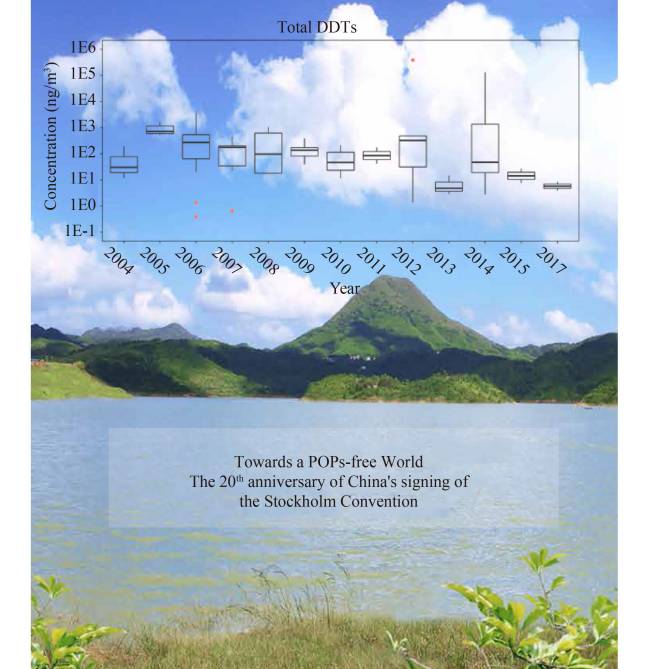Persistent organic pollutants (POPs) are a class of chemical substances that pose a serious threat to human health and the ecological environment owing to their persistence, toxicity, bioaccumulation, and long-range environmental transport. Therefore, in its decision 18/32 in May 1995 the Governing Council of the United Nations Environment Programme (UNEP) called for an international assessment of a preliminary list of 12 POPs, including nine organochlorine pesticides (OCPs), PCBs, polychlorinated dibenzodioxins (PCDDs), and polychlorinated dibenzofurans (PCDFs). The UNEP Governing Council, in its 19/13C decision in February 1997, requested that the UNEP prepare and convene meetings of the Intergovernmental Negotiating Committee (INC) to develop a legally binding international instrument for action on 12 POPs. The Stockholm Convention on Persistent Organic Pollutants (hereinafter referred to as the Stockholm Convention) was adopted and opened for signature at the Conference of Plenipotentiaries held in Stockholm, Sweden, from May 22 to 23, 2001 (Secretariat of the Stockholm Convention, 2019). To date, approximately 18 additional chemicals have been included in the Stockholm Convention, making the total number of POPs approximately 30.
According to the requirements of the Stockholm Convention, parties should first develop a National Implementation Plan (NIP) as a programmatic document for POP reduction, elimination, control, and environmental management. However, owing to the wide scope of NIP preparation, China faces issues such as lack of basic information, insufficient funds, and backward technology in the field of POPs. To solve the above issues, the Chinese government has coordinated with experts, relevant line ministries, industry associations, local governments, and other parties, and successfully completed the preparation of the NIP for the implementation of the Stockholm Convention in China. This was submitted to the Secretariat of the Stockholm Convention in November 2006, thus fulfilling China’s commitment to the international community. Concurrently, the Chinese government has gradually strengthened capacity development to meet all the requirements to comprehensively promote the implementation of the Stockholm Convention. Twenty years passes, how about the China’s implementation of the Stockholm Convention?
A comprehensive and systematic research on the history, practice, and effectiveness of China’s implementation of the Stockholm Convention was conducted by scantiest from the Ministry of Ecology and Environment of the People’s Republic of China and Beihang university. This study entitled “Twenty years of achievements in China’s implementation of the Stockholm Convention” is published online in Frontiers of Environmental Science & Engineering in 2022.
China has established an implementation guarantee system including institutions, implementation mechanisms, policies, law enforcement, and scientific and technological support. During the 20 years since the implementation of the Stockholm Convention, dichlorodiphenyltrichloroethane (DDT) and hexachlorocyclohexane (HCH) concentrations in the air have been steadily decreasing, and Perfluorooctane sulfonic acid/Perfluorooctane sulfonyl fluoride (PFOS/PFOSF) concentrations in water bodies have decreased. In the past 20 years, China has safely disposed of 6352.1 tons of pesticide persistent organic pollutants and 36998 sets of electrical equipment containing polychlorinated biphenyls (PCBs), with a disposal rate of 100%. In the future, China will further strengthen the construction of persistent organic pollutant monitoring networks, scientific research, publicity, education, and international cooperation to improve environmental quality, providing a reference for other countries to implement the Stockholm Convention.
